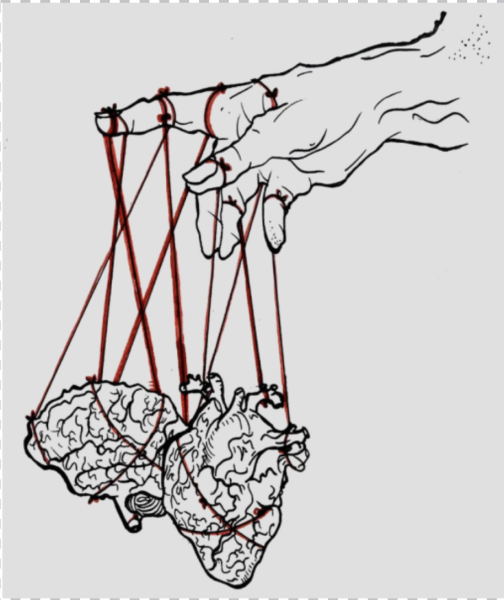The Great Indoors
As winter approaches, students come face to face with the same issue that seems to strike the school every year like clockwork. One that seems to lurk and yet is never fully resolved. One that 95% of students when asked have had to confront. Indoor recess space.
Students between the years 7 to 11 are currently required to go outside during recess. As of now, only one space is dedicated to the indoors: the library. However, as with most libraries, it is only open to conditional access with little noise and non-negotiable use for either studying or community games.
But as temperatures drop, the outdoors are simultaneously dwindling in appeal. In an effort to escape the cold, the library is flocked with illicit students. Not only does this lead to an unnecessarily loud and overcrowded environment, but students stall in hallways, bathrooms fill up, and the cafeteria never seems to be quite as empty as it should be.
With many students arguing that there is little to do outside, often wanting to be able to chat with friends without having to face the biting cold, it seems illogical to have a sole space dedicated to 200 people. Especially when there is such a blatant difference between recess for years 12 and 13 and the entirety of the rest of secondary. Thus, amongst the students involved, there is a consistent sentiment that a change must be made.
However, as with any issue, there are multiple sides. According to Mr Foley, “We get the schools we deserve.” In previous years, indoor recess has been brought up repeatedly and changes have been made to accommodate students inside. Yet this only resulted in disaster. Space was being misused, students were loud and disruptive, and school property was damaged.
Furthermore, it is important to consider the elements of supervision and space available. Teachers are assigned to duty in the hallways, the cafeteria, and outside as it is. The addition of indoor classrooms that would have to be closely monitored may be overwhelming. Of course, the obvious solution is to have limited classrooms open that are able to be easily monitored. However, if years 10 and 11 are permitted indoors and the demand is allegedly high, the physical space available is an undeniable complication.
Therefore, the only realistic means of moving forward is to create a compromise. According to Mr Foley, the ultimate solution is for him to be run over by a bus. While not quite as radical, multiple solutions have been suggested. For example, moving forward, it would be interesting to consider the possibility of organized activities during lunch to better manage student behavior or the opening of indoor seating such as a lounge.
Everyone can agree that something must reform. In recent years, the library has certainly become more accessible which only proves that this transformation is possible. While perhaps not simple, ISL has done it before and they can do it again, let’s make a change.


